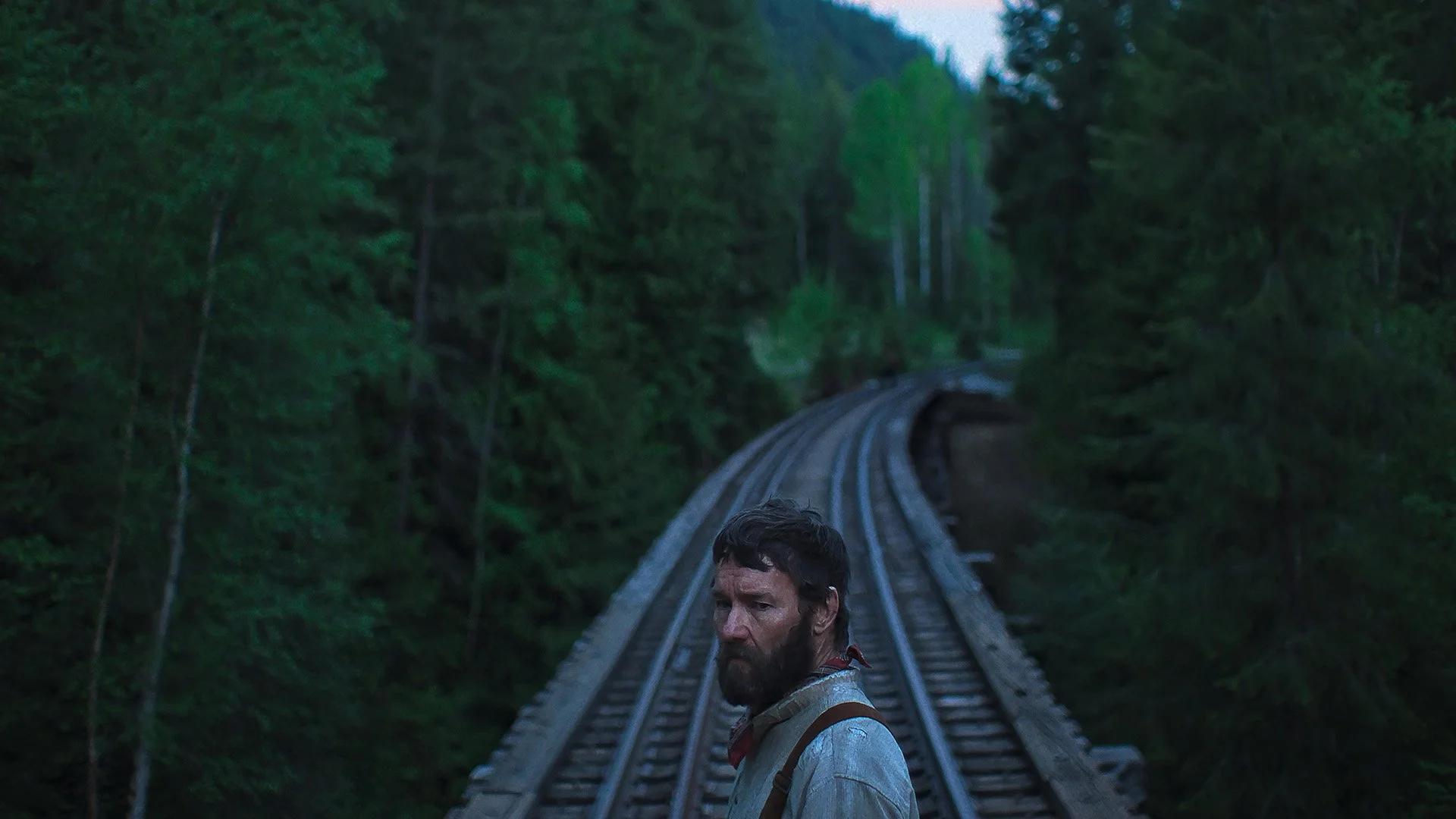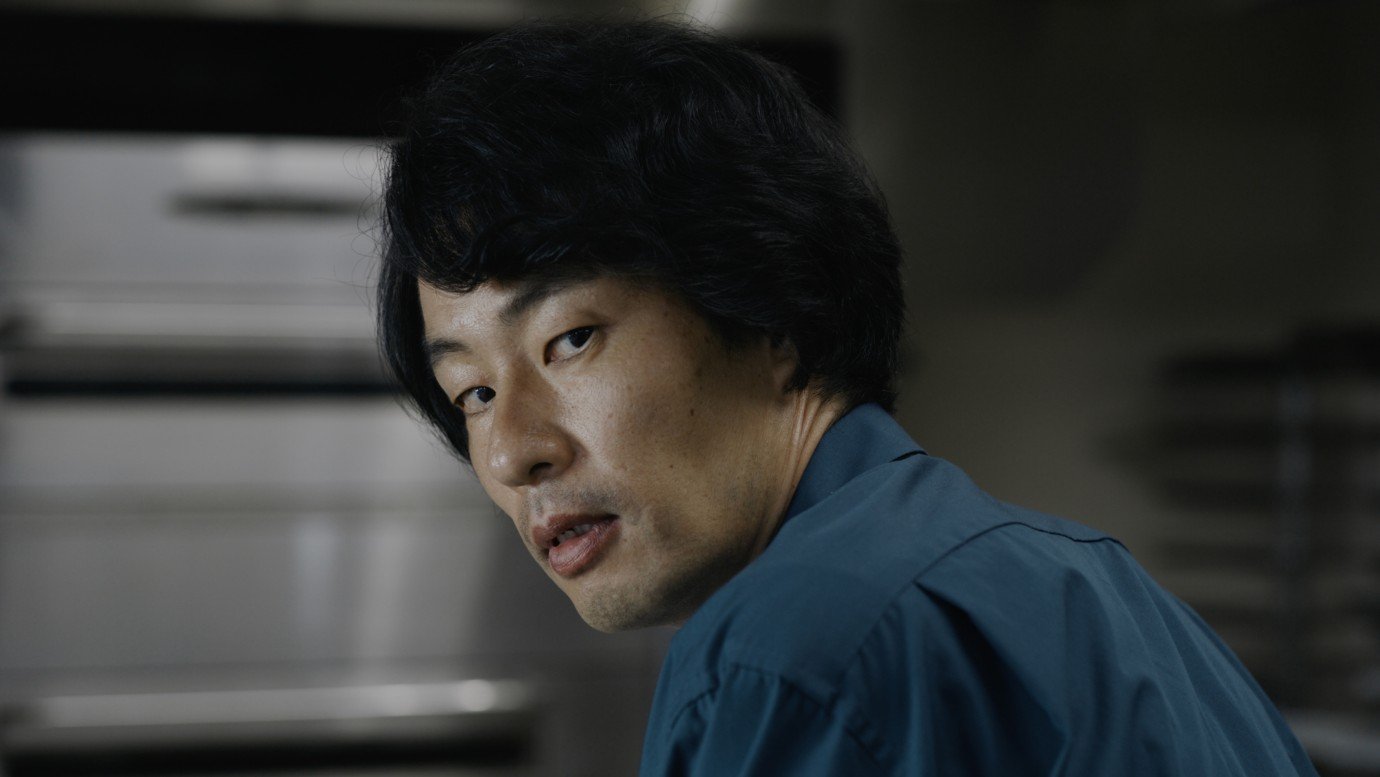Review: Gladiator II (2024)
How often do you think about the Roman Empire? So went the viral TikTok meme in which women would ask their husbands or boyfriends, and be surprised by the persistence of ancient Rome in modern male minds. Most people back in early 2000, before the release of Ridley Scott’s attempt to reboot the sword-and-sandal epic, would be similarly surprised to hear about not only the enormous success of Scott’s Gladiator but also its persistence in cinema and pop culture. Moments from the original film—such as Maximus’s hand running through the stalks of wheat, Maximus testing the soil, or Maximus defiantly shouting out, “Are you not entertained?”—have stood the test of time. And Russell Crowe’s Maximus is arguably Hollywood’s most iconic original character of the past 25 years.
This was the legacy this late sequel had to contend with, and so it is no surprise that Gladiator II exhibits what I have come to see as the characteristic anxious self-reflexivity of the legacy sequel and franchise reboot of recent years. Gladiator II gives its audience the requisite throwbacks to memorable lines, images, and characters. The themes of this sequel are in conversation with, and sometimes juxtaposed against, those of the original film. All of this was expected, and much of it is fine, with some of these referential aspects working better than in other legacy sequels. I’m thankful, for instance, that we aren’t given an opening sequence featuring a digitally de-aged Russell Crowe.
Notwithstanding my concern about Hollywood’s dire lack of originality, I’m glad to report that Gladiator II continues 2024’s general success with sequels. I thought Twisters was an exciting throwback to an earlier, 1990s style of Hollywood blockbuster. I enjoyed the character interactions of Beetlejuice Beetlejuice, even if its narrative was messy. (Heck, I even liked Joker: Folie à Deux more than most people in the world). Gladiator II has a sturdier narrative than Beetlejuice 2, and its high points exceed those in Twisters. It is not a masterpiece or a sequel for the ages, and it definitely is a meta-legacy sequel, but it also delivers the most rousing action spectacle of recent years, right up there with this year’s Dune: Part Two.
Gladiator II picks up several decades after the events of the first film, which are recapped through glimmers of strange rotoscoped animation during the opening credits. (I had flashbacks of Spider-Man 2’s opening credits, which showed hand-drawn scenes from the first film, while the animation style also resembles the logo animation for Ridley Scott’s production company, Scott Free.) We meet our hero, Lucius (Paul Mezcal), the Roman boy prince from the first film now grown up and living as an exile in North Africa. How he got there will be revealed as the story proceeds. Lucius goes by the alias “Hanno” now. He is married, seemingly content, yet burning with hatred for Rome and its approaching ships on the horizon.
We soon get a big opening battle, in which the fleet of the Roman General Acasius (Pedro Pascal) attacks the free city of Numidia. Roman galleys approach the city’s coastal walls and raise siege towers on their decks. The battle is impressive. Ridley Scott knows how to conceive and execute large-scale battles between armies with comprehensible strategies and tactics more than almost any other director. Even so, we can sense that Scott and screenwriter David Scarpa (who worked with Scott on 2017’s All the Money in the World and 2023’s Napoleon) felt the need to begin with a big military battle before turning to gladiator matches, just as the first film did.
There are four big gladiator fights, if my recollection is accurate. The first, on the outskirts of Rome, features baboons unleashed on raw (involuntary) recruits. Our hero, Lucius/Hanno wrestles a hideous shaved baboon, biting a chunk out of its arm—to prove his intensity to his masters and to show the audience this movie is going to up the intensity on the first film’s tigers and chariots. The second battle has the opponent riding a rhino, and the third battle is a big naval clash, with the Colosseum flooded to allow two galleys to face off. The fourth battle I won’t spoil. Each is superb, exciting action, with the filmmakers’ desire to provide spectacle mirroring the desires of the Romans putting on these games in the storyworld. That said, even if this movie ups the ante in terms of spectacle and violence (much of the gore is less indirect this time around), I cannot help but feel less threatened in response to CGI animals. The baboons are scary for their ferocious intensity, but I still doubt their reality. While I understand that we cannot reasonably expect a stunt man to wrestle a real baboon, the original film’s tigers function more successfully, in my view. In spite of technological advances, the trajectory for film spectacle is not always progress, it would seem.
Gladiator II also expands our view of Roman society beyond the military, gladiators, and a handful of senators, which is what the first film focused on. Noticeably, the sequel pays more attention to Rome’s evils and corruption. For example, I was quite arrested by the attention given to the aftermath of the opening battle. We witness the Numidian population being subjected to slavery and burned with brands. While the dead are burned in a mass grave, the bodies of the living are shipped overseas in galleys. Rome turns out to be a decadent, vile place, in spite of its architectural magnificence—buildings and cityscapes more vividly and frequently realized with 2024’s digital effects. Lucius describes the city and its empire as a disease infecting the world. We can at least agree that the ruling class is utterly corrupt and depraved, echoing the portrayal so vividly realized in HBO’s Rome TV show of the late 2000s (which was produced in the aftermath of the first film’s success.) The co-emperor brothers, Geta (Joseph Quinn from Stranger Things) and Caracalla (Fred Hechinger), are pale and have sunken dark eyes in spite of their frenzied energy; they look like vampires or cokeheads, living a life of perpetual debauchery.
Clearly, there are parallels being made between Rome and another modern-day empire in a state of decadence and decline. Can Rome be made great again? And what would that mean, exactly? Would that be good for the rest of the world? These questions, not always coherently expressed together, nonetheless become the political heart of the film.
The characters in Gladiator II are memorable, but they are not as well-drawn as the first film’s. Lucius is admirable and appealing but not a hero for the ages. (Paul Mescal does have the face of a Roman statue.) Lucius/Hanno’s capacity for rage is his superpower, as Denzel Washington’s gladiator master, Macrinus, tells him. Washington steals each of his scenes as the nefarious, flamboyant Macrinus, a man who is methodically using violence and power to enforce his will on the world, as he meticulously arranges his gold rings on his fingers and the hanging fabrics of his clothing. Pedro Pascal plays a good general who is sick of all the slaughter. The vile co-emperors are exceptionally villainous, if less smartly drawn and more sensational than Joaquin Phoenix’s Commodus. (Caracalla has a pet monkey he makes consul, for example.) A few important figures from the first film will return.
What Gladiator II chiefly lacks is the first film’s incredibly clear narrative arc. The original Gladiator, written by David Franzoni and John Logan and William Nicholson, has one of the most clear narratives in a big Hollywood action movie. Each scene logically moves the story forward; nothing is ever confusing or inessential. Scarpa does a much better job here than he did with the at-times messy Napoleon of last year, but overall the sequel lacks the same humming narrative engine that drives the first film. Giving Denzel’s Macrinus his own arc in addition to Lucius’s complicates things, even if Macrinus’s plot is just as interesting, and perhaps even more, showing a man who believes pure power and violence are the only meaning in the world and who follows that worldview to its logical conclusion. Lucius’s trajectory is also just not as precise as Maximus’s. Having two character arcs also makes this sequel more of a dialogue about meaning, setting brute power against honour, which are put forward as two different kinds of strength.
If you go into Gladiator II with moderated expectations, rather than a desire to relive the highs of the first film, you should come away pleased with a rousing, exciting screen epic. I was entertained.
7 out of 10
Gladiator II (2024, USA/UK)
Directed by Ridley Scott; written by David Scarpa; starring Paul Mezcal, Denzel Washington, Pedro Pascal, Joseph Quinn, Fred Hechinger, Derek Jacobi, and Connie Nielsen.



Darren Aronofsky ultimately cannot manage the tone of this black comedy crime film.